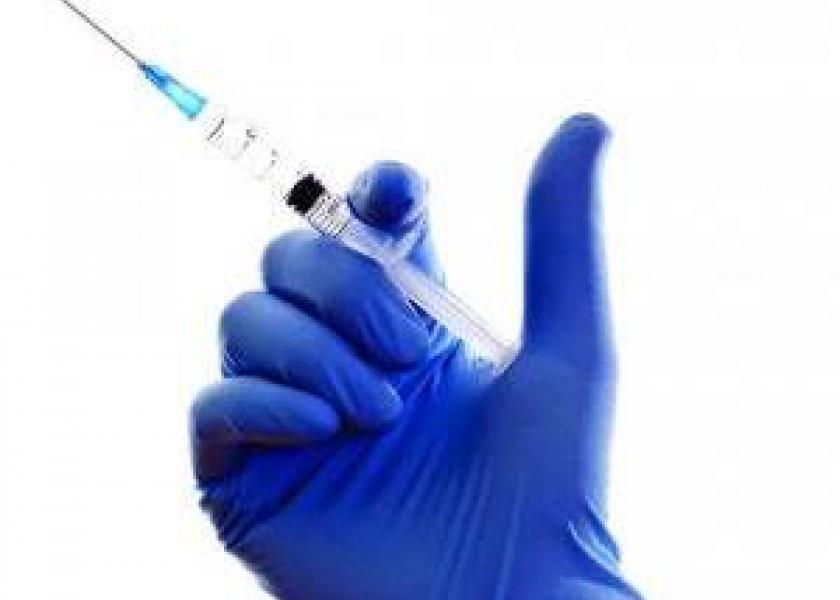Steroid Used on Livestock Could Lower Death Risk in Severe COVID Cases

Dexamethasone, a widely available steroid commonly used on livestock, has shown to help lower the risk of death in severe coronavirus cases by 35%, according to a study conducted at the University of Oxford.
This anti-inflammatory drug is typically used to help treat allergic reactions, myoglobinuria, shock, stress and urticaria in livestock such as cattle, horses, sheep, pigs and goats. However, the drug is also approved for human use and can be used to treat asthma, arthritis, immune system disorders, skin and eye conditions along with certain cancers.
Now, the drug is being used to help treat those suffering from severe cases of coronavirus.
"Dexamethasone is the first drug to be shown to improve survival in COVID-19. This is an extremely welcome result," said Peter Horby, professor of Emerging Infectious Diseases in the Nuffield Department of Medicine, University of Oxford. "Dexamethasone is inexpensive, on the shelf, and can be used immediately to save lives worldwide."
Daily doses of the steroid could prevent one in eight ventilated patient deaths and save one out of every 25 patients requiring oxygen alone, the researchers said.
"This is a major breakthrough: dexamethasone is the first and only drug that has made a significant difference to patient mortality for COVID-19," Nick Cammack, COVID-19 Therapeutics Accelerator Lead for the Wellcome Trust health charity, told CBS News.
"Potentially preventing one death in every eight ventilated patients would be remarkable," he added.
While the study looks hopeful for severe coronavirus cases, the researchers found that the steroid does not seem to be as effective for less serious cases.
Nonetheless, because dexamethasone is already approved by the Food and Drug Administration, along with the fact that it is widely available worldwide, this drug that you might normally find on your farm could have the potential to save human lives.







